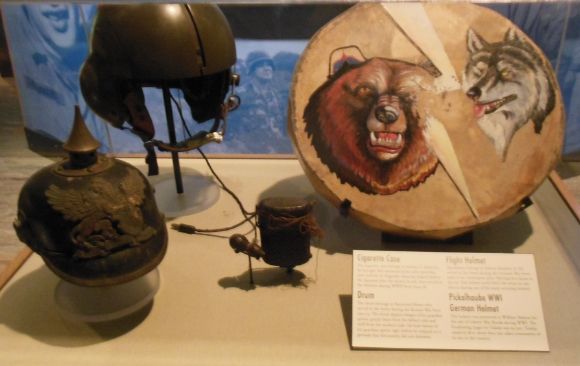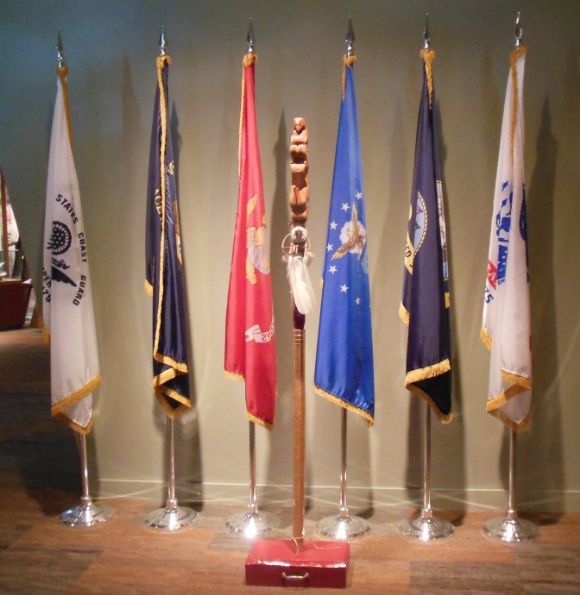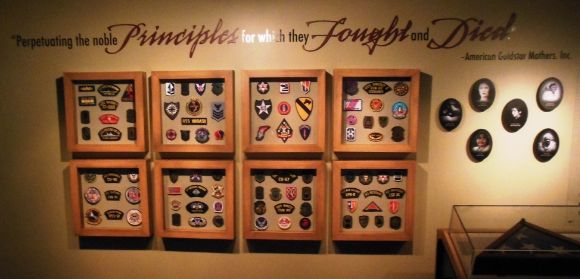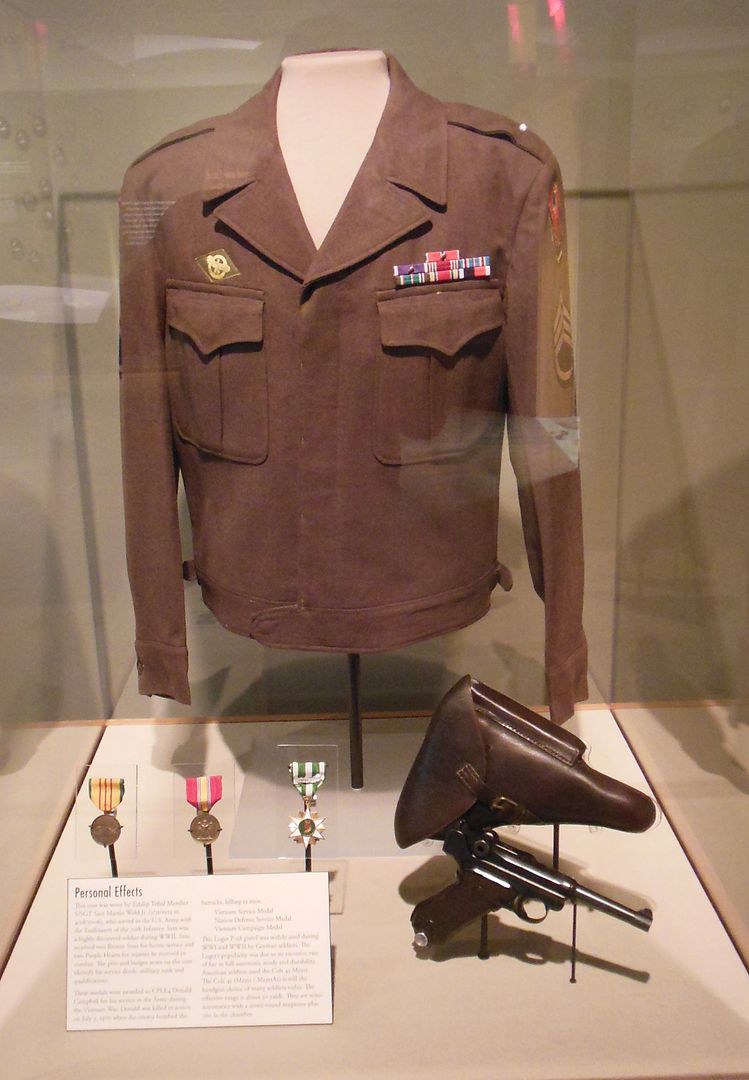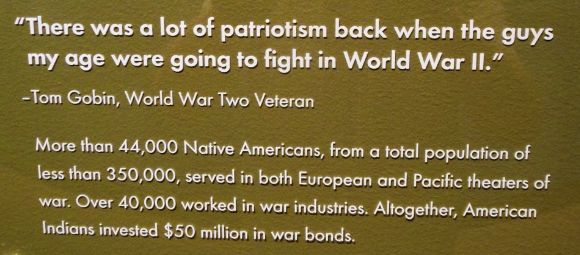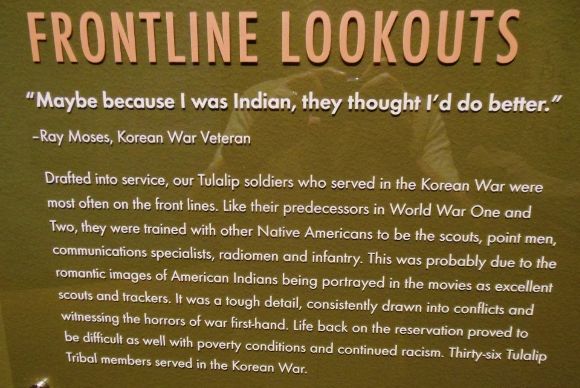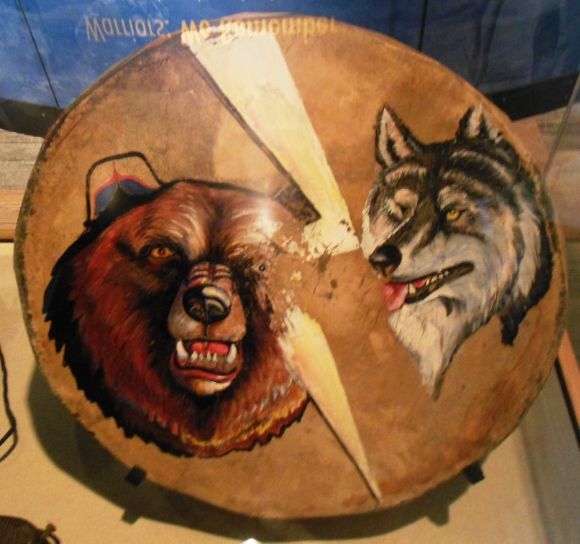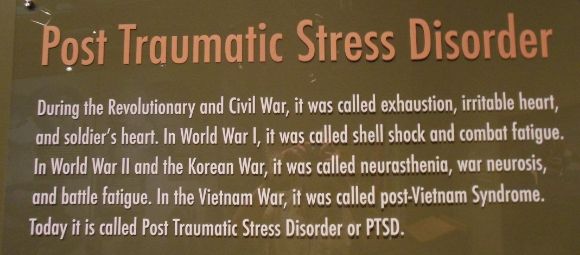
From left, Alondra, Maria, Suzie and Khiara Morgan browsed over a table of gourmet dog treats during last year’s Homegrown Festival, which this year has been rechristened the Marysville Street Festival: Handmade & Homegrown.
Kirk Boxleitner, Marysville Globe
MARYSVILLE — The Marysville Street Festival: Handmade & Homegrown has been rechristened this year, but it still promises to offer the same features that have become familiar favorites through its nearly three decades, according to vendor coordinator Vicki Miniken of The Vintage Violet.
“There were a number of reasons for changing the name,” Miniken said. “We’ll get more regional recognition as the Marysville Street Festival than as just ‘Homegrown,’ but the emphasis remains on ‘Handmade & Homegrown,’ which we’ve kept in the title to help people search for us on the Internet. After 28 years, we still have people who live in Marysville asking, ‘What’s Homegrown?’ So we needed to boost its profile.”
Miniken explained that last year’s extension of the Street Festival from two to three days was so successful that it was continued this year, with the event running from Aug. 9-11.
“Aug. 11 is Kids’ Day, which is new this year,” Miniken said. “Kids will be able to enter hula-hoop and veggie-carving contests, bounce until they drop in a bouncy house and visit with Lolly the Clown, who was a big hit last year, or Danny the Uncanny Magician, who’s new this year.”
While the kids are being entertained during Kids’ Day and through Lang’s Traveling Pony Rides, the latter available on all three days of the Street Festival, adults can take in the musical lineups on Aug. 9 and 10, in between shopping from two blocks of more than 100 vendors, which Miniken estimated to be at least as many as last year’s count.
“Among our new vendors are Magic Magpie Studio, which does henna art, and the Longneckers Alpaca Ranch, which will be bringing alpacas for people to see up close and personal,” Miniken said. “Of course, Colors by Carla is returning, with her tie-dye clothing, as are the Mai Houa Garden and Frontier Flyers Honey. Mr. Kitty’s Soap Shop of Seattle is another one that’s become a hit, because men love their toiletries.”
Another new feature this year is an interactive art exhibit, courtesy of the Marysville Arts Coalition, and Miniken was quick to credit the hard work of all those involved in making the Street Festival a reality each year.
“All the members of the Downtown Marysville Merchants Association work together to bring more business to this corridor, which is what this is all about,” Miniken said. “It’s not just one person who does any of this.”
Among the challenges that the Downtown Marysville Merchants Association is faced with is ensuring both breadth and diversity in the Street Festival’s selection of vendors.
“We have to make sure we don’t have too much of any one thing, but we still have enough of everything,” Miniken said. “We want everyone to be able to participate, but we don’t want the Street Festival dominated too much by any one field. And obviously, we won’t put two vendors in the same field right next to each other, because we want to keep harmony,” she laughed.
For all the time, effort and planning that everyone involved invests in the Street Festival, Miniken believes its rewards make it more than worthwhile.
“The best thing is the day of the event itself, when you get to see everybody having a great time selling their wares, strolling down the street to shop and enjoying the music,” Miniken said.
For more information on the Marysville Street Festival: Handmade & Homegrown, log onto www.marysvillemerchants.com.
Marysville Street Festival schedule:
Friday, Aug. 9:
All day — Lang’s Traveling Pony Rides.
12:45 p.m. — Music by Jed Skenandore.
3 p.m. — Music by Earl Gray.
5 p.m. — Music by The Bobbers.
6 p.m. — Activities in the Outer Court.
Saturday, Aug. 10:
All day — Lang’s Traveling Pony Rides.
Noon — Music by The Tarentellas.
1 p.m. — Music by The Magic Roads.
4 p.m. — Music by Rare Elephant.
Sunday, Aug. 11 — Kids’ Day:
All day — Bouncy house and Lang’s Traveling Pony Rides.
11 a.m. — Lolly the Clown.
1 p.m. — Danny the Uncanny Magician.
1-3 p.m. — Hula-hoop, veggie-carving and minute-to-win-it contests.



